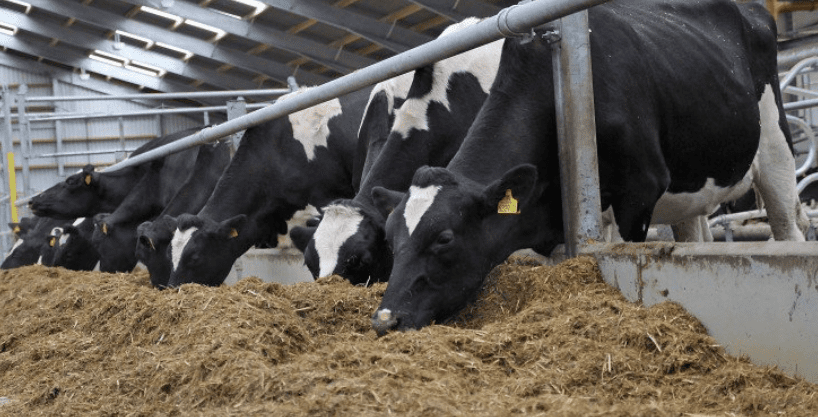Net profit per hectare on spring-calving dairy farms increased by approximately €150/ha in 2019, when compared to 2018 figures, according to Teagasc’s George Ramsbottom.
Speaking to Emma Louise Coffey – on the Teagasc Dairy Podcast – George explained that based on 400 spring-calving dairy farmers – who have completed a profit monitor – both net profit per hectare and net profit per cow is slightly higher than 2018 figures.
Currently, out of the approximate 18,000 dairy farmers in Ireland, between 2,000 and 2,500 complete a profit monitor annually.
Milk yield he said was also slightly higher than last year; although this was expected – considering 2019 was a greater grass growing year than 2018.
We are also seeing a reduction in the amount of meal being fed. It is back to the equivalent of around €100/cow reduction over last year – which is about a third of a tonne less meal fed than last year.
Putting a kilogram per cow figure on this, George explained that these farmers are roughly feeding about 1t of meal/cow and are achieving – on average – around 475kg of MS/cow.
Commenting on this, he said: “This is a relatively high meal feeding level, but we had a difficult spring and a very challenging autumn – in parts of the country.
“Well above average precipitation rates in the autumn, from about August onwards, resulted in earlier housing in many parts of the country.”
One area of expenditure which he sees creeping up all the time is on contractors. The average for those 400 farms in 2019 was 1.9c/L.
As herds have grown larger, there is a greater dependence on contractors.
Another area he has recognised as also experiencing continued investment, is in fertiliser.
He said: “Not just in maintaining phosphorus (P), potassium (K) and nitrogen (N); but also in increasing the status of P, K and lime on the farm – which is positive.”
Across the 400 farms, they were averaging out at 2.4c/L. This equates to about €150/cow, he noted.
On labour – on average across these initial 400 farms – 1.6c/L is being spent.
On this, he stated: “Dairy farmers are showing an ability and a capacity to pay for and hire in labour – providing employment in the local area.”
